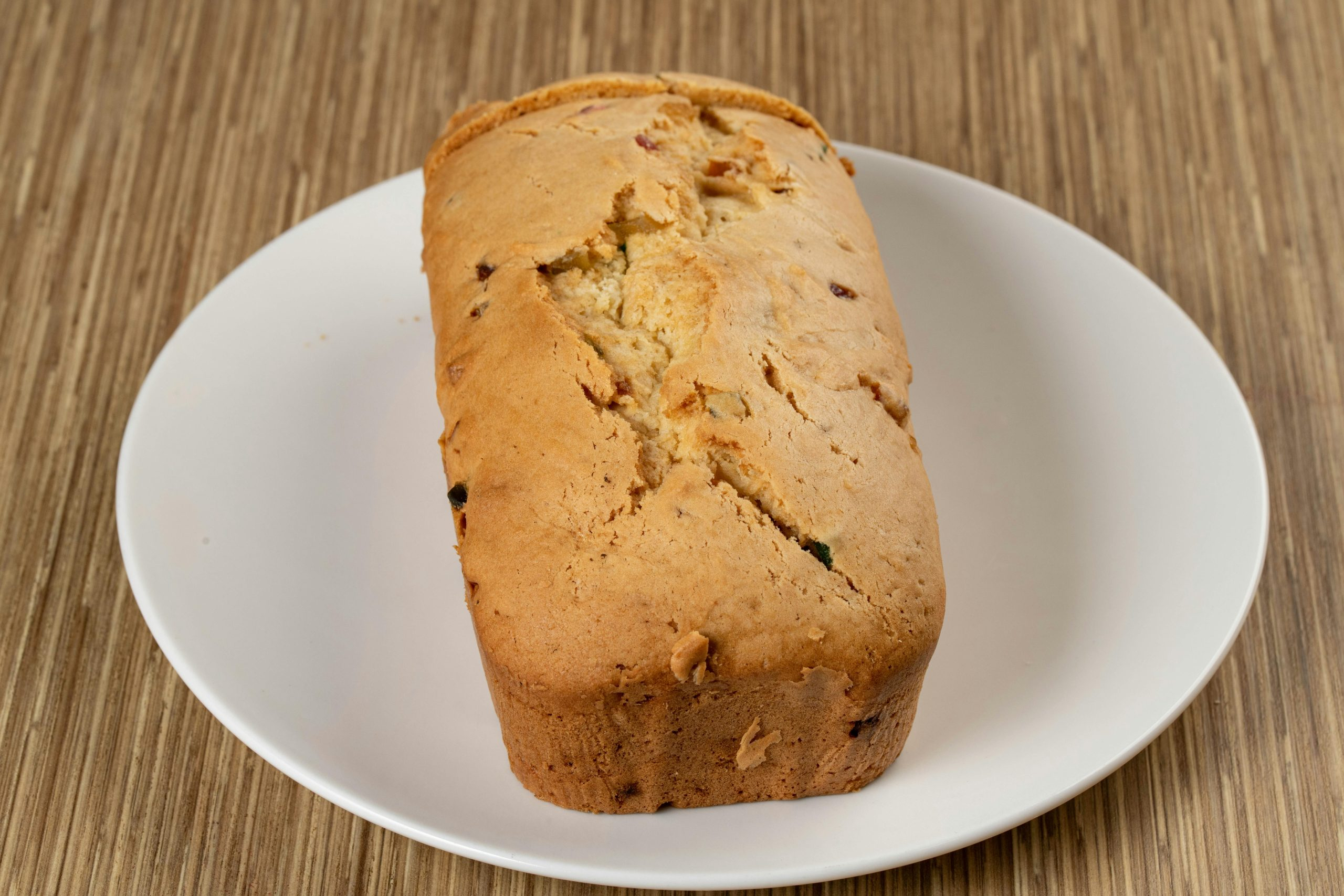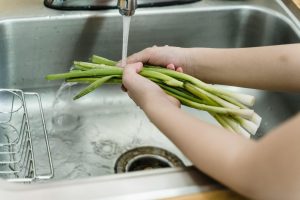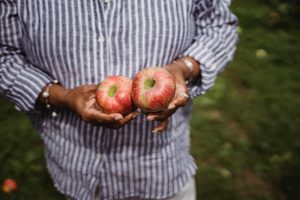The Role of Food Science in Achieving Perfect Baking Outcomes
Baking is an essential part of our everyday lives. Whether it’s a birthday cake, a batch of cookies, or a loaf of bread for breakfast, baked goods play a significant role in our diet and happiness. So, it’s no surprise that perfect baking outcomes are highly sought after. But what does it take to achieve those perfectly golden brown cookies and fluffy cakes? The answer lies in the field of food science. In this article, we’ll delve into the role of food science in achieving perfect baking outcomes and how it can help you take your culinary skills to the next level.
The Science Behind Baking
At its core, baking is a science. It involves precise measurements, specific ingredients, and suitable techniques to achieve the desired results. Everything from the ingredients you use to the temperature of your oven plays a crucial role in the outcome of your baked goods. And that is where food science comes into play.
Food science is the study of the physical, biological, and chemical properties of food and the processes involved in preparing and preserving it. It is a multi-disciplinary field that combines elements of chemistry, biology, and engineering to understand and improve food products’ quality, safety, and shelf life. And when it comes to baking, utilizing food science principles can help you achieve consistent and perfect results every time.
The Role of Ingredients in Baking
The Importance of Flour
The main ingredient in most baked goods is flour. It provides structure and texture to your baked creations. But did you know that the type of flour you use can significantly impact your baking outcomes? That’s because flour consists of proteins that form gluten when combined with water. Gluten is responsible for giving baked goods their elasticity and strength. Different types of flour have varying levels of protein, resulting in different levels of gluten formation. For example, bread flour has a higher protein content compared to cake flour, making it perfect for making bread but not ideal for cakes.
Understanding the Role of Sugar
Sugar is another critical ingredient in baking. Other than adding sweetness, it also plays a crucial role in the texture, color, and moisture of your baked goods. When combined with liquid ingredients, sugar dissolves, resulting in caramelization during baking, giving your cakes and cookies that desirable golden-brown crust. Besides, sugar also attracts moisture, keeping your baked goods soft and moist. Knowing how different types of sugar (granulated, brown, powdered) behave in baked goods is essential in creating perfectly textured and flavored treats.
Mastering the Art of Leavening
Leavening agents are what make your baked goods rise. The most common leavening agents are baking powder and baking soda. Baking powder is a mixture of baking soda, cream of tartar, and cornstarch, while baking soda is made purely of sodium bicarbonate. When mixed with an acid, such as buttermilk or lemon juice, these leavening agents create gases, causing your baked goods to rise. Understanding the right amount of leavening required for different recipes is crucial in achieving perfect and consistent results.
The Science of Baking Techniques
The Impact of Mixing Methods
When mixing your batter or dough, the type of mixing method you use can have a significant impact on the final outcome. Some recipes require a gentle folding method, while others may involve vigorous beating. The technique used can determine how much gluten is formed and how light or dense your baked goods will be. Experimenting with different mixing methods is essential in perfecting your baking skills.
The Importance of Oven Temperature
Oven temperature can make or break your baking. A few degrees too high or too low can result in overbaked or underbaked goods. When baking, the ingredients heat up, causing gases to release and leaven the batter. The temperature also affects sugar’s caramelization process, giving your baked goods their desirable color and crust. Ensuring your oven is calibrated correctly, and you preheat it to the right temperature is vital in achieving perfect baking outcomes.
In Conclusion
Baking may seem like a simple activity, but as we’ve seen, it involves a complex combination of ingredients, techniques, and tools. To consistently achieve perfect results, it is crucial to understand how these elements work together and how to utilize food science principles to your advantage. The next time you’re in the kitchen, remember that baking is not just an art; it’s a science. And with the right knowledge and techniques, you can take your baking game to new heights.











